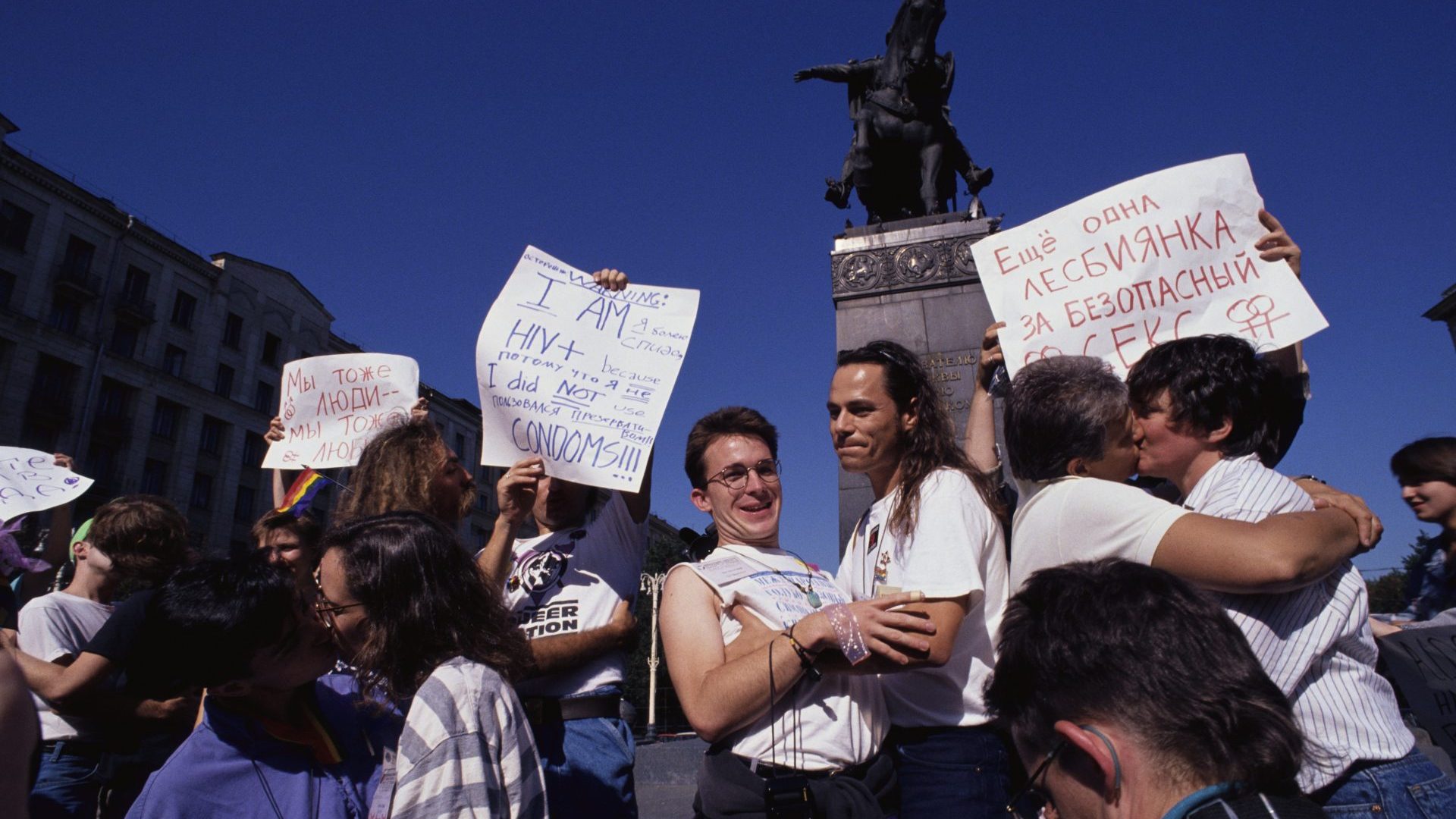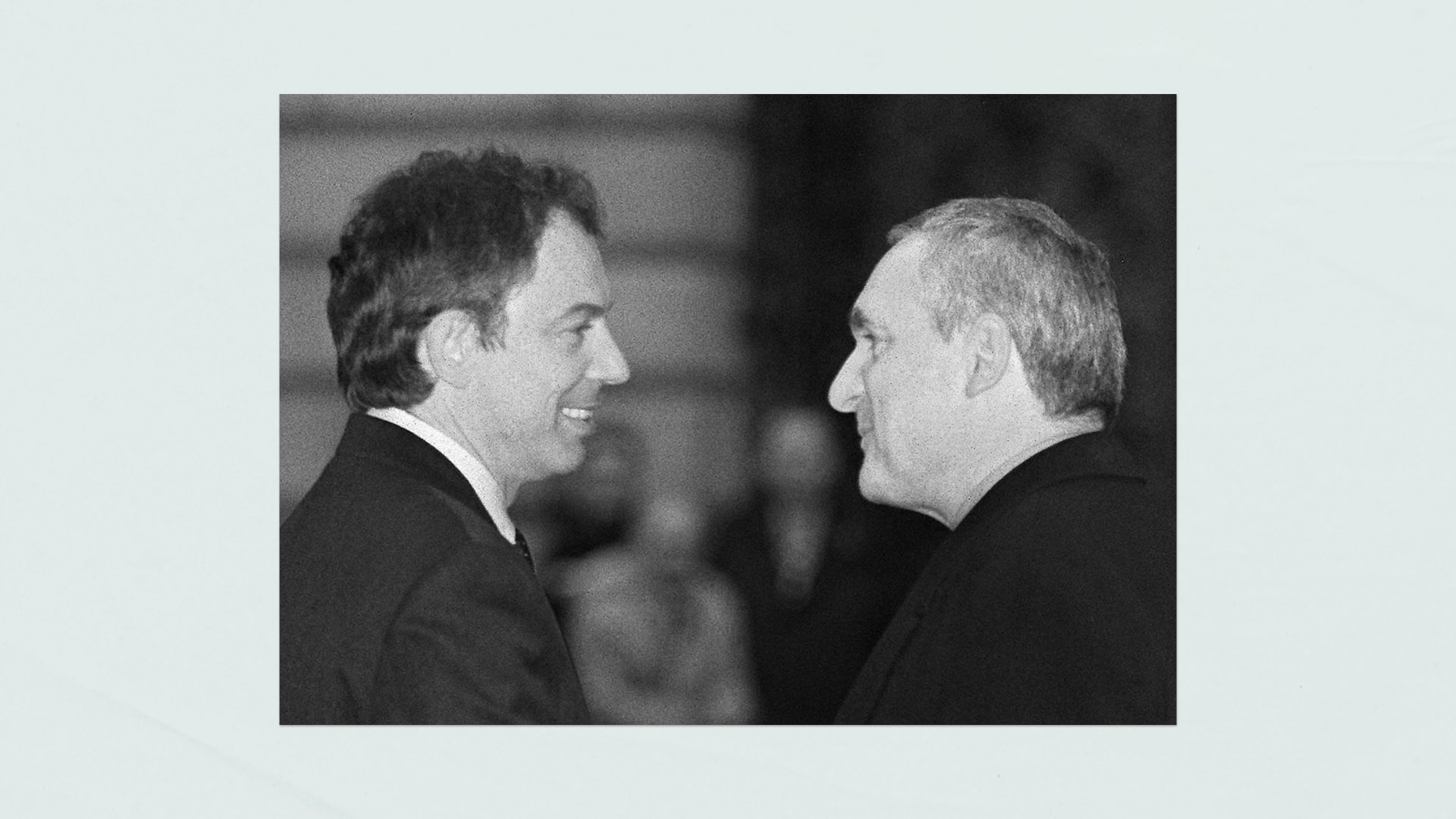When the Kremlin announced a “partial mobilisation” last September to boost troop numbers for its floundering invasion of Ukraine, Russian men voted with their feet. Hundreds of thousands queued for days and nights to cross land borders. Those who could afford it rushed to airports, where flights sold out within hours. Others, unable to leave the country but determined to avoid being sent to Ukraine, resorted to more desperate measures to make themselves unfit for service, including smashing their own limbs with sledgehammers. Questions such as “how to break your leg at home” spiked on search engines.
So anxious are some Russians to avoid conscription that they will do anything. Another means of getting out of fighting is faking HIV – all this in a country that for three decades has been in the midst of an Aids epidemic.
Online, there is a brisk trade in forged HIV exemption certificates. The social messaging platform, Telegram, had 650 adverts in just one week last October offering the bogus documents. According to the independent newspaper Novaya Gazeta, prices went up to 55,000 roubles (£650) – almost double the average monthly wage in the poorest regions of the country.
Incredibly, there is no guarantee that a certificate helps. Even though the official government website states that HIV-infected people are not subject to mobilisation, some conscripting officers are interpreting the law differently. One human rights lawyer from the Volga region said many of his HIV + clients had been conscripted. He quoted a draft officer from Yekaterinburg who asked a 38-year-old man on the phone: “What difference does it make to you where you croak?”
A lack of transparency, fear, bureaucratic hurdles and insufficient testing mean it is hard to gauge the true scale of HIV infections. But seven years ago, when I first met him, Vadim Pokrovsky, head of the Aids Centre at Moscow’s Central Research Institute of Epidemiology, was already talking about “a national catastrophe”.
Russia accounted for 3.9% – the world’s fifth-highest share – of the 1.5 million new HIV cases reported around the world in 2021, according to the data platform Statista. Only four countries, South Africa (14%), Mozambique (6.5%), Nigeria (4.9%) and India (4.2%) fared worse. These findings, dismissed as “provocative propaganda” by the Russian health ministry, are based on reports from the Joint United Nations Programme on HIV/AIDS (UNAIDS) and the European Centre for Disease Prevention and Control (ECDC).
Out of a population of 144 million, an estimated 1.5 million Russians are living with HIV today, and year-on-year the rate of infection is increasing. Over the last five years, between 85,000 and 100,000 officially registered cases have been reported annually. This is according to Russian government figures, which almost everyone agrees are a substantial underestimate of the true position. A slight decrease from 2019 has been attributed to lower HIV testing rates during the Covid-19 crisis.
Demographers estimate that the HIV mortality rate may overtake Russian deaths from cancer by the end of this decade. In 2020, there were more than 32,000 HIV-related deaths within the country. By way of comparison, in the same year, the UK had 614. Admittedly the Russian population is more than twice the size, but you are 40 times more likely to die of Aids in Russia than you are in Britain.
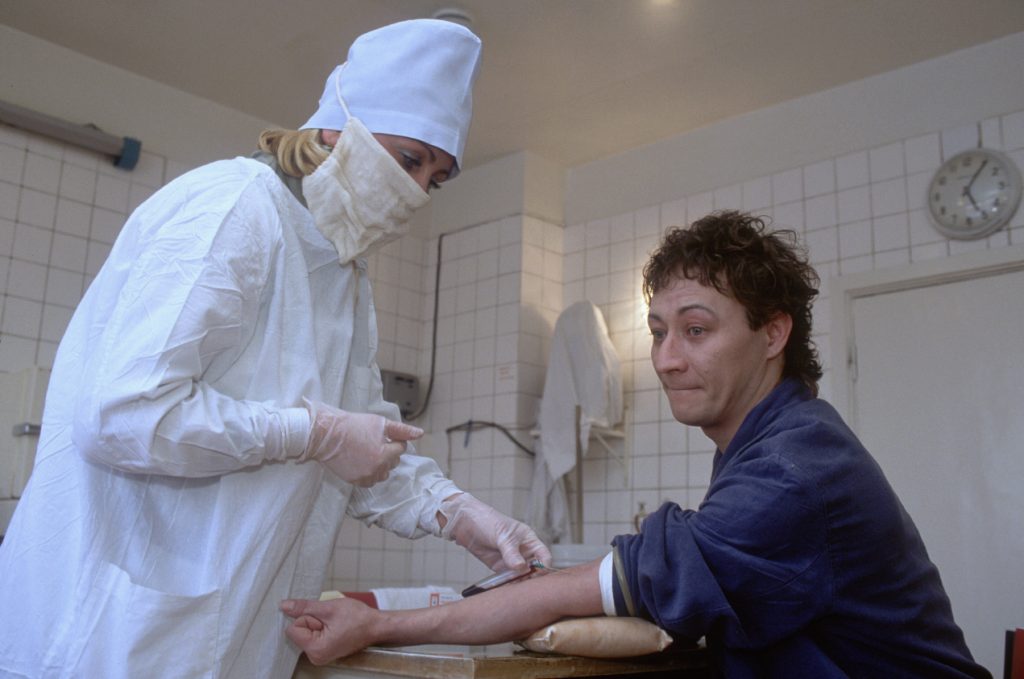
Health experts talk about missed opportunities over the years and say Russia has needlessly allowed a containable epidemic to explode by pretending it doesn’t exist. In the mid-1980s a Soviet health official dismissed the alarming new infection that was making international headlines as “a western disease”. He said HIV/Aids couldn’t possibly spread in a country where “there is no drug addiction and no prostitution”. There were more than 500 known cases just before the USSR collapsed, but the authorities emphasised that most of these were foreign nationals. HIV took off in Russia in the mid-1990s, later than in western European countries, and at first the spread was chiefly limited to heroin users sharing needles and syringes.
I went to see Pokrovsky back in 2015 while making a BBC radio documentary with Norman Fowler, who was health secretary under Margaret Thatcher for most of the 1980s.
Pokrovsky told us that the Kremlin’s policy of promoting traditional family values was failing to halt the spread of the virus. “The last five years of the conservative approach have led to the doubling of the number of HIV-infected people,” he said.
“We need to spend 10 times more on prevention,” he added. “We need many more resources, and we need some political decisions – and changes in the law in connection with methadone and the private lives of individuals.”
If such changes seemed unlikely in 2015, today they seem almost inconceivable. Pokrovsky’s diagnosis was already at loggerheads with the official ideology of the state and the increasingly powerful Russian Orthodox church. When he argued for the introduction of sex education in schools – the presidential children’s rights commissioner, Pavel Astakhov, suggested children could learn everything they needed to know about sex from Tolstoy and other great works of Russian literature.
The head of the Moscow City Council’s Health Committee, Lyudmila Stebenkova, told the newspaper Kommersant that Pokrovsky was acting like “a typical agent” and working “against the interests of the state”. In her opinion, sex education would lead to promiscuity and a surge of HIV and other diseases.
“Instead of distributing condoms we should be promoting sexual fidelity and healthy families – that is much more effective,” she said. Yet the figures suggest otherwise.
“There are 80-100 cases of HIV infection among women a day,” said Pokrovsky. “This is no joke – every single day. They are mostly young women, aged from 25 to 35 years and they are the main new risk group,” he told me.
Today, when the country is mired in a war of aggression against Ukraine, ultra-conservatives are even more powerful. In a sermon on forgiveness last year, Patriarch Kirill, the highest spiritual authority in the land, blamed liberal western values, particularly gay pride parades, for the invasion. Vladimir Putin has equated the West with “satanism” for supporting gay and transgender rights. The one time he addressed the HIV epidemic, in 2006, he talked in vague terms about promoting “a healthy way of life” and raising “awareness of the importance of moral values”.
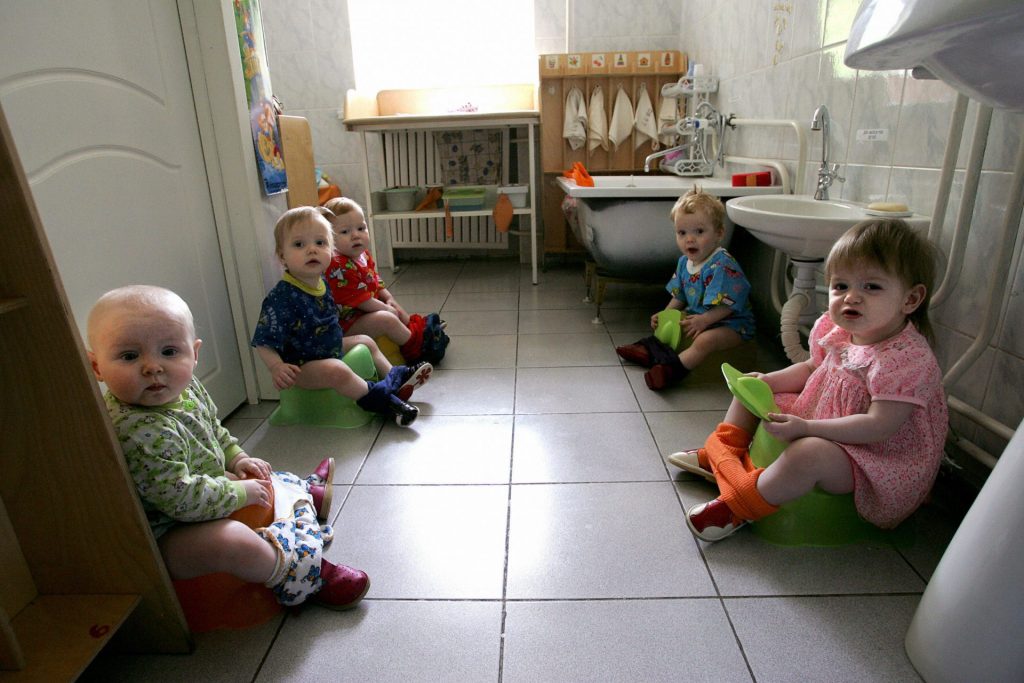
A law passed last November by the Russian Duma goes further than a previous one in 2013 designed to protect schoolchildren from anything amounting to “a denial of traditional family values”. The new legislation criminalises any public mention of same-sex relationships. There are no exclusions for educational or health purposes like safe sex leaflets. Offering information about homosexuality is now legally on a par with promoting suicide, violence and criminal or extremist behaviour. Those who violate the ban face stiff fines or worse.
Many of those with HIV in Russia are injecting drug users and a further group are the sexual partners of the drug users. The HIV virus has spread via the use of shared needles and syringes. That is why many countries around the world provide clean needles and methadone, which is taken orally, in place of drugs that are injected. By 2014, even China – hardly the most socially liberal of states – boasted that it had 765 methadone sites and more recent research confirms they have been both effective and cost-effective. Methadone is also an addictive drug, but if it comes from a healthcare source, in controlled doses and without needles, it can allow the drug-user to function reasonably and hold down a job.
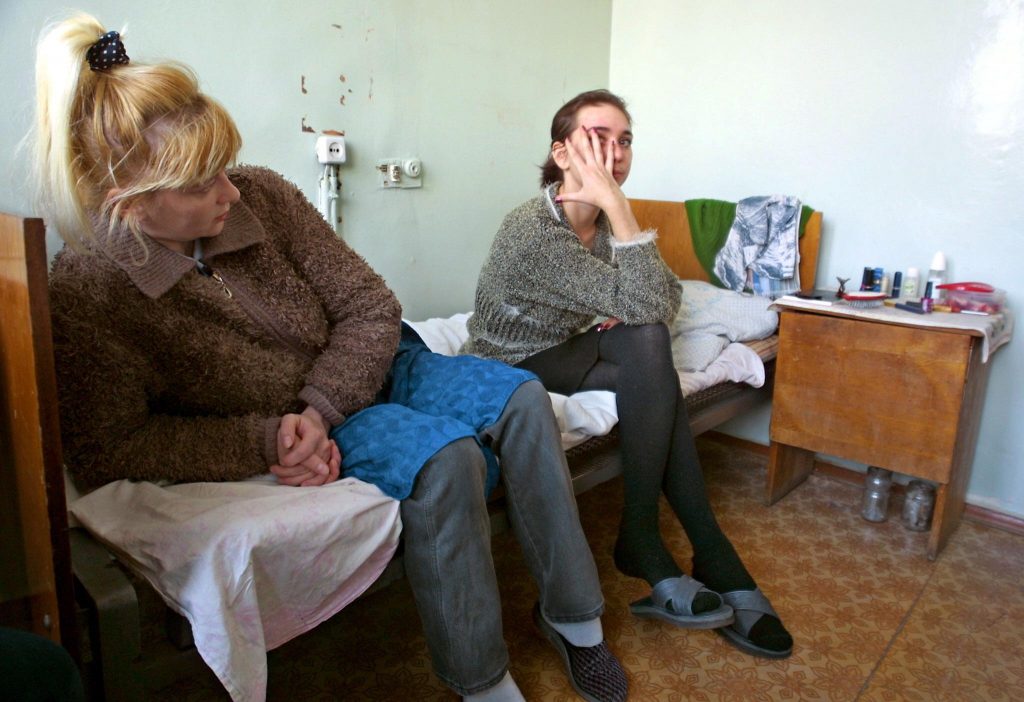
Yet in Russia methadone is banned. The World Health Organization may see the synthetic opiate as essential in combating heroin dependence, but in Russia anyone caught using it or distributing it can face up to 20 years in prison.
Health officials rely instead on narkologia, a form of treatment that dates back to Peter the Great’s attempts to fight alcoholism in the early 18th century. In essence, this approach consists of isolating the drug user during a month of detoxification, followed by rehabilitation – including lectures, self-help groups, physiotherapy, diet advice and so on.
The country’s chief narcologist, Dr Evgeny Brun, was not a fan of substitution therapy. “Giving a drug addict methadone is like treating the vodka alcoholic with cognac,” he chuckled.
When we toured the wards of Brun’s Moscow Research and Practical Centre of Narcology, there was no doubting the dedication of the head doctor, Elena Sokolchik. Patients appear to be treated humanely and nobody was chained to a bed – one of the methods used in a controversial scheme in the Urals city of Yekaterinburg.
The hospital, on the outskirts of Moscow, is considered one of the best facilities in the country, although only 10-15% of patients here go on to the voluntary course of rehab after their initial treatment.
Dr Sokolchik was proud of her record. “I can tell you for certain that of our patients who go through the rehabilitation programme, 48% stay drug-free for a year, 35% manage two years and 8% stay clean for eight years,” she said.
But these statistics indicate that roughly half of those who go through rehab do not stay drug-free for a year and say nothing about the 80% to 90% who do not stay for rehab. Survey after survey shows many patients are soon back to injecting drugs – and once again spreading the virus.
“Nobody believes me when I say that the Russian government is not doing any prevention work to stop the HIV epidemic,” said Anya Sarang, head of the Andrey Rylkov Foundation, a small charity in Moscow that tries to promote better health for drug users.
She explained that in the mid-2000s, about 80 harm-reduction schemes had been working across Russia, often with the tacit support of the health ministry and funding from the Global Fund to Fight Aids, Tuberculosis and Malaria. Then, in 2006, Russia announced it would pay for HIV services itself, and didn’t need the Global Fund’s help any more.
Not long after we met, her organisation was placed on the government’s list of “foreign agents”. The authorities decided her group was a threat to national security because it received funding from international donors. Sarang told me applying for foreign grants and raising money through crowdfunding was not a matter of choice. Her foundation had applied for presidential grants four times in the hope that their work could be financed from Russian sources, but these applications had been turned down.
The Andrey Rylkov Foundation is still working on the streets of Moscow, but it exists on a shoestring. One evening, I went to join some of its volunteers in Marino, a high-rise suburb south of the city centre.
In the silvery light of a full moon, we walked along the pavements, ice crunching underfoot. I was accompanied by a man with a scraggy beard, gap teeth and a peaked cap with the incongruous nickname of Nixon. Carrying a big blue rucksack, he looked as if he was off on a camping trip, but our destination was just a stone’s throw from the metro.
Outside the chemist, Nixon sets down his rucksack and waited. It was a freezing night and as we stamped our feet to keep warm, I wondered if we would have any customers. Then a guy in a puffer jacket sidled up to see if we could spare 10 roubles. The answer was no. “That would set a bad precedent,” said Nixon.
Minutes later the man emerged from the chemist and wanted to know what was in Nixon’s rucksack. After a bit more banter, he asked for some dvyuskas – 2ml syringes – and grudgingly accepted a pack of condoms.
He said he was an economics graduate but was currently unemployed and had been injecting heroin for five years. He was contemptuous when asked about HIV.
“I’m not a kid. I’m 30 years old and I know how to protect myself,” he muttered, walking off into the night.
Since then, despite its foreign agent status, the Andrey Rylkov Foundation has managed to buy a van so volunteers no longer have to cart their supplies around in backpacks on public transport. It also has a team of volunteer lawyers who advise people on their rights.
But there is one significant group of HIV+ people they struggle to access – those behind bars. Last year the Wagner Group, a network of mercenaries, began recruiting inmates from prisons across Russia to fight in Ukraine. Criminals convicted of offences including murder and rape were promised freedom if they survived six months on the frontline. Many of those who signed up were suffering from infectious diseases. According to Ukrainian military intelligence, more than 100 prisoners with HIV or hepatitis C were mobilised by Wagner from a single penal colony near St Petersburg. The Ukrainians say that those they have captured told them they had been forced to wear wristbands – white for hepatitis and red for HIV.
Wagner’s method of singling out infected recruits came to light through a Ukrainian social messaging app. In January, Ishchi Svoikh (Look for Your Own), which regularly posts videos of Russian prisoners of war, shared an interview with a captured Wagner fighter. Displaying his rubber bracelet, the 26-year-old said his name was Yevgeny Sizov, that he had been sentenced for theft and that he was HIV positive when he was sent to Ukraine last September. In March, another captured mercenary was photographed wearing both the red and white bracelets. He was also covered in tattoos including a large swastika on one shoulder. “A Wagnerian in full regalia”, remarked the Ukrainian news website Obozrevatel.
Sizov, who was wounded by a bullet before he was captured, found himself in a hospital in Russian-occupied territory in eastern Ukraine. He claimed no measures were taken to prevent him from infecting other patients in the overcrowded ward. Some hospitals in the occupied territories are now so overwhelmed with infected Russian mercenaries that doctors are refusing to treat them. In January, around 300 Wagner fighters were sent to a small municipal hospital in the Luhansk region. According to the Ukrainian General Staff, most of them were carriers of diseases including HIV/AIDS, syphilis, tuberculosis and pneumonia.
Prison recruitment by Wagner has now stopped – at least temporarily – because of a row between the group’s founder Yevgeny Prigozhin and the Russian Defence Ministry. But back in January, US officials estimated that 40,000 of the 50,000 Wagner mercenaries in Ukraine were former inmates. Prigozhin promised recruits would get essential equipment and supplies, including medication, when he signed them up. But since many have been sent into battle without weapons or even body armour, it is hardly surprising that antiretrovirals are not available.
Given the lack of treatment and unsanitary conditions in which the former prisoners are billeted, it seems inevitable that infectious diseases will spread, most likely beyond the barracks.
Over the past decade, Ukraine has had one of the largest and most successful HIV responses in Europe, according to the Joint United Nations Program on HIV and AIDS. But the fighting has severely restricted access to medication and testing, especially in the east and south of the country – historically the areas hardest hit by HIV. Ukraine was beginning to win its battle against the virus. Russia’s war has turned the clock back.


